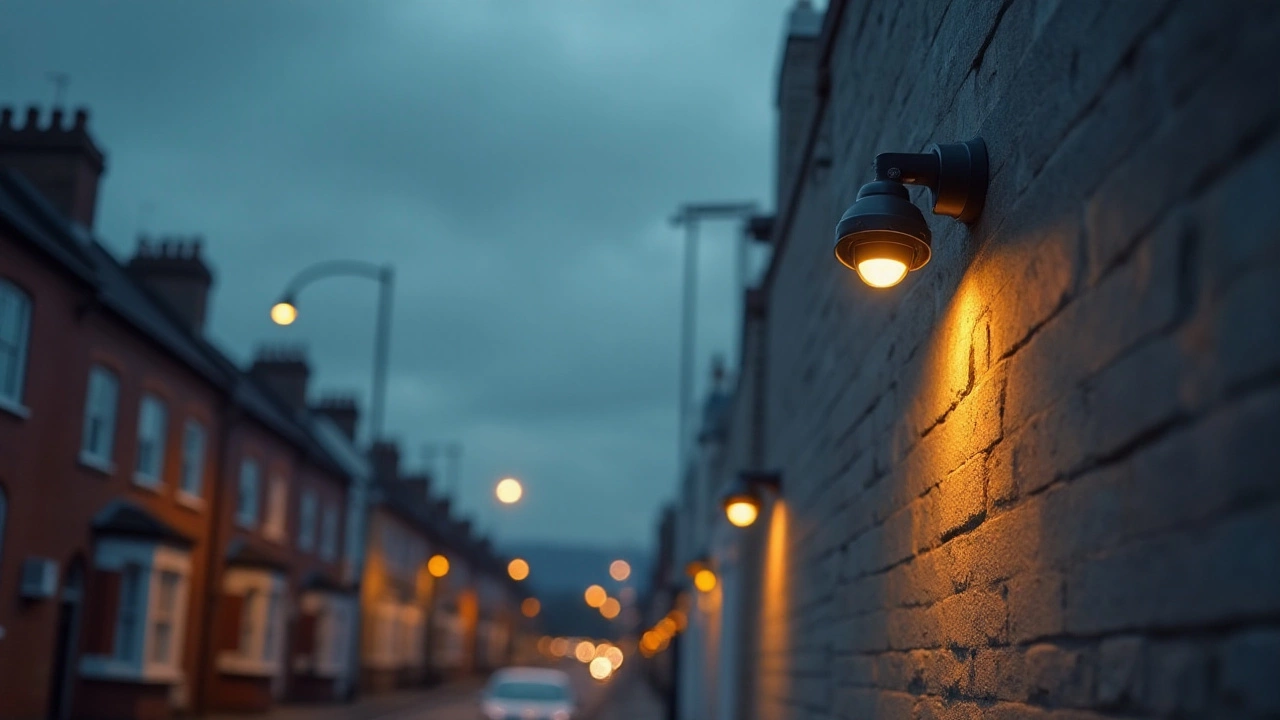Got a camera but not sure if it’s doing its job? You’re not alone. Most people set up a camera and then wonder why they get blurry blobs at night or dead zones in the garden. The good news is that a few easy tweaks can turn a shaky setup into a solid security system.
First thing’s first: location matters more than the price tag. Aim your lenses at entry points – front door, side gates, garage – and keep them high enough to avoid tampering (about 8‑10 feet is sweet spot). Don’t point a camera directly at a bright streetlight; the glare will wash out details. Instead, angle it slightly downward and use a spot with indirect lighting.
If you have a backyard, place a camera where the fence meets the house. This catches anyone climbing over while still covering the yard. For alleyways or driveways, a wide‑angle lens works best, but remember to keep the field of view clear of trees that can sway and trigger false alarms.
Nighttime is where many cameras stumble. Look for IR (infrared) illuminators – they act like invisible flashlights that let the sensor see in the dark. If your camera’s night vision feels weak, add an external IR light or upgrade to a model with a bigger IR range.
Don’t forget the power side. Some cameras drain a lot of electricity, especially when the IR LEDs are on. If you’re worried about your bill, choose a low‑power unit or connect it to a solar‑powered battery pack. That way the camera keeps recording even during a blackout.
Want to watch your feeds on the go? Most modern cameras have apps that let you stream live video to your phone. Just make sure the Wi‑Fi signal is strong where the camera sits; a Wi‑Fi extender can save you from pixelated streams and dropped connections.
Security isn’t just about the camera itself – it’s also about keeping the data safe. Enable two‑factor authentication on the app, change default passwords, and use encrypted storage (either cloud or local NVR). This stops hackers from hijacking your feed and turning your own system against you.
If you’re mixing wired and wireless gear, remember that many wireless cameras still need internet for full functionality, like motion alerts and cloud backup. However, you can operate them locally without internet for basic live view, which is handy if your ISP goes down.
Finally, test everything before you call it a day. Walk through the field of view, check the motion zones, and record a short clip at night. Spot any blind spots or shaky footage, then adjust the angle or add a light source. A quick test now saves you a lot of regret later.
With these tips, you’ll get sharper video, better coverage, and peace of mind knowing your surveillance system actually works when you need it most.

When selecting a security camera for night vision, the color of the camera not only affects aesthetics but also its functionality and visibility. This article explores why the color choice matters, considering factors such as environmental blending, thermal regulation, and nighttime visibility. Understanding these factors can help you make an informed decision for effective surveillance. Learn how to match your camera's color with your surroundings to enhance security.